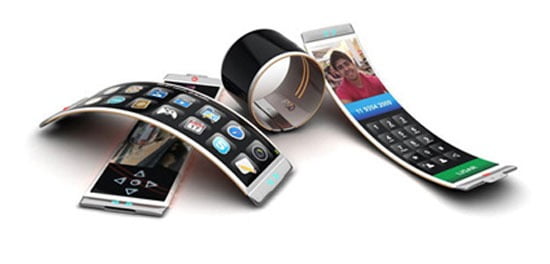
A recent study revealed that the average smartphone user checks the device about 150 times a day. Over time, this translates into a waste of 7 years spent in front of the screen (mobile phone only, not including other devices) over the course of a lifetime. The idiocy of tittytainment is now designed with scientific precision, and it is effective!!!
Normally, companies ought to be celebrating: “The first seven years were the hard part—let’s make it fourteen!” Yet there are also expressions of concern circulating. The cause is called “the fragmentation of attention.” Another line of scientific research, sometimes funded by the very same tech companies, shows that the ability to focus has been systematically declining in recent years. Anything that doesn’t fit on a screen of a few inches and can’t be exhausted with a couple of scrolls seems condemned to oblivion.
The problem has grown to such an extent that some digital content providers are trying to embed certain “attention hooks” in their content to serve as anchoring points for attention and prevent consumers from being distracted (e.g., advanced statistics during a match). The damage would be minor for the companies themselves if the issue were limited to consumption. However, the inability to concentrate on an activity can also affect employee productivity, so the damage would no longer be minor at all.
We wouldn’t be surprised if smartphones were soon banned in workplaces. But if this became the trigger for “movements” against employer arbitrariness (essentially defending the right to tittytainment), that would admittedly be disappointing.
